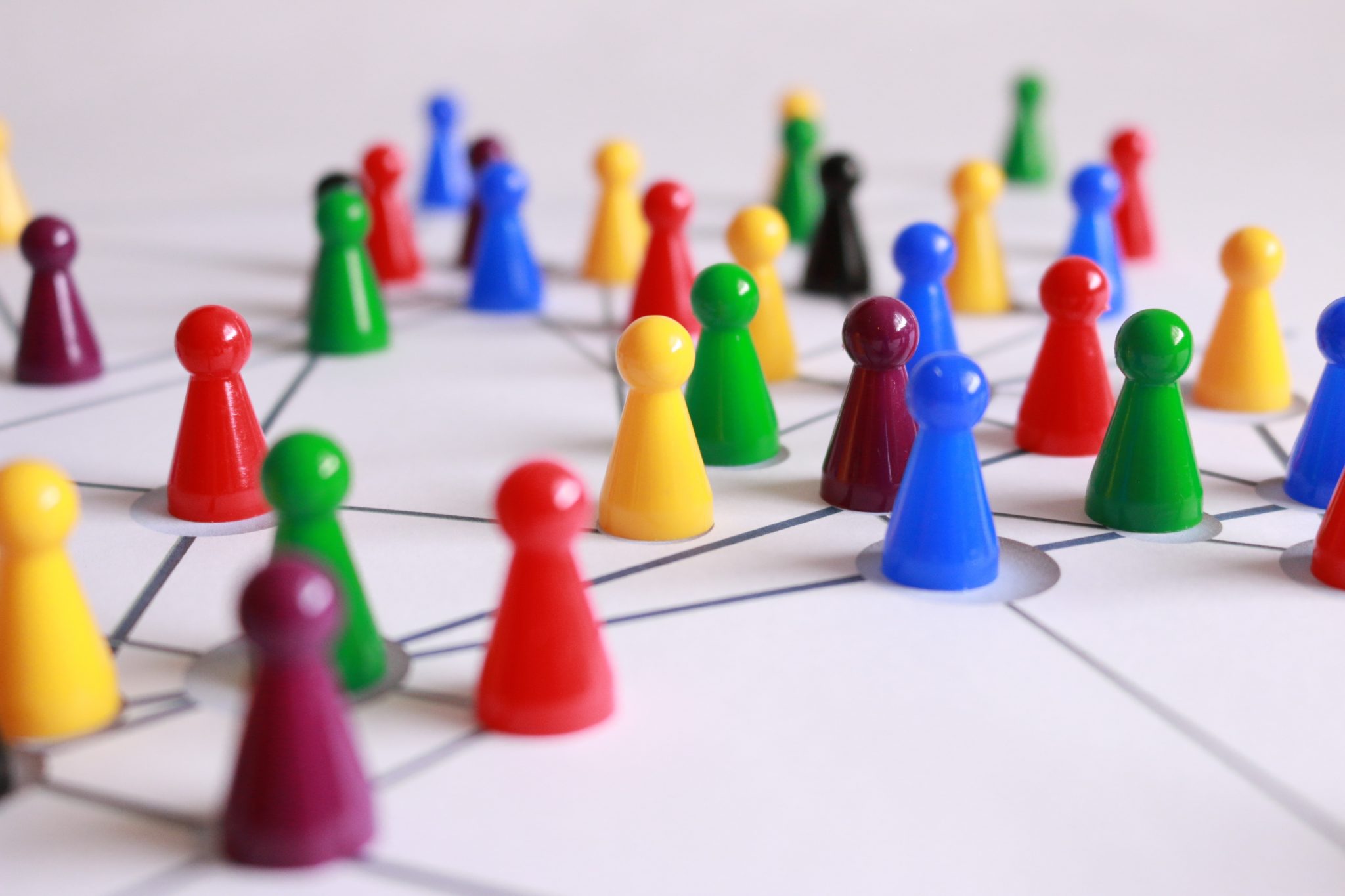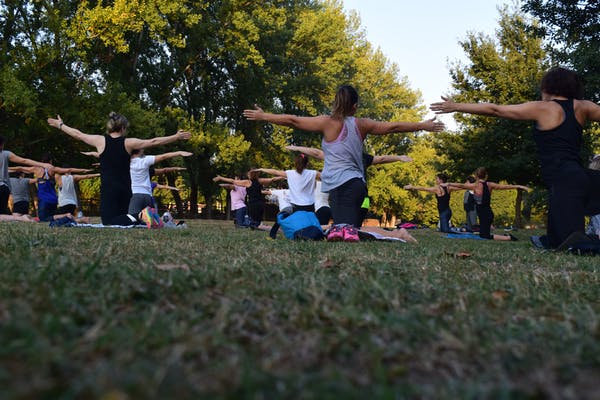
Even though the holiday season is often proclaimed as “the most wonderful time of the year,” there are many reasons why you may not be feeling festive. You might feel overwhelmed by a cluttered social calendar, work deadlines, financial concerns, reflecting on a loved one’s passing, or dreary winter days. And, in some cases, this could be a combination of these.
As such, it’s not all that much of a holiday surprise that a lot of us have declared this as the most stressful time of the year. According to the American Psychological Association, 38% of people reported increased stress during the holiday season. This may result in symptoms such as depression, anxiety, and substance abuse if not addressed.
In addition, 64% of individuals who have a mental illness stated that their symptoms worsened around the holidays, according to the National Alliance on Mental Illness.
In spite of this, there are ways to protect ourselves and maybe reduce some of our holiday stress. And, hopefully, these 12 tactics can make your days merry and bright.
1. Have a perfectly imperfect holiday season.
Maybe if Clark Griswold hadn’t had such high expectations, he wouldn’t have had a breakdown in Christmas Vacation. But, hey, it happens to the best of us this time of year.“
“As we gear up for the holidays, we often set the bar impossibly high for ourselves and then feel upset when our celebrations don’t live up to expectations, “says Neda Gould, Ph.D., clinical psychologist, and director of the Johns Hopkins Mindfulness Program at the Johns Hopkins University School.
Her suggestion? Be aware that not everything will go according to plan. “It’s OK if it’s not perfect. Imperfection is healthy and normal. For some of us, it might just take a little practice,” adds Gould
How else can you stop perfectionism in its tracks? Here are some proven strategies to explore;
- Let go of control and surrender to the moment.
- Set SMART goals that you’ll be able to achieve.
- Invite feedback from others.
- Stop comparing yourself to others.
- Use “hypothesis testing” to push you out of your comfort zone.
- Stop ruminating.
- Find a healthy balance between good and perfect.
- Focus on the process and enjoy it.
2. Dream of a white Christmas.
I’m not literally talking about snow falling this holiday season — even though it makes the holidays just a tad more special. Rather, this is a popular calendar tip that only the most productive people use. But, what exactly is white space?
In your calendar, whitespace refers to time blocks when nothing is scheduled. “Use that buffer time to think big, catch up on the latest industry news, get out from under that pile of unread emails, or just take a walk,” Jeff Weiner, the CEO of LinkedIn, wrote. Additionally, you can use this time to meditate, reflect on the year, or prepare for a meeting. You can also use it for unexpected and last-minute duties
By adding space to your calendar for yourself, you can reclaim your day from to-do lists, emails, phone calls, and holiday obligations.
3. Run, Rudolph, run.
While physical activity is important year-round, it’s especially so during the holidays. After all, it’s one of the most effective ways to alleviate stress.
“Blend or alternate aerobics with strength training, stretching, flexibility, and agility exercises for an endorphin boost,” suggests Kathleen Hall, Ph.D., founder, and CEO of The Mindful Living Network & The Stress Institute.
You can make this even more beneficial by making this a social activity as well. Researchers found that people who exercised in groups had better mental, physical, and emotional health than those who worked out alone. And, considering that so many of us feel lonely or isolated this time of year, it’s a clever way to connect and interact with others.
4. Make a holiday budget and check it twice.
Presents, holiday feasts, decorations, and travel. Obviously, all of these put a dent in your finances. But, worrying about money right now is enough for anyone to scream “Bah! Humbug!”
The solution? Build a holiday budget. And, more importantly, stick to it.
- Keep your budget concise, simple, and practical so that it’s easy to track.
- If you plan on traveling, look for more affordable options, such as driving instead of flying.
- Find a friend or family member to keep each other accountable.
- Go back and review what you spend last year to identify what can be cut.
- Make sure you understand the terms of the buy now, pay later offer before you use it.
- Download a banking or budgeting app so that you can keep tabs on your spending right from your phone.
5. Prepare “Nice To Do For Me” and “Need to Do For You” lists.
“Writing down all that you have to do during the holidays will help you realize how do-able your tasks are,” notes Connie Bennett MSJ, CHHC, CPC for Psychology Today. “Be realistic as to what you put on your lists.” Then, tackle one list item at a time.
“For example, after buying gifts for your mom or significant other, take time to work out, too,” adds Bennett. “By alternating between lists, you won’t feel deprived, because you’re being good to yourself.”
A better idea? Create an “Absolute Yes.”
As Cheryl Richardson explains in her book, Take Time for Your Life: A 7-Step Program for Creating the Life you Want, by getting clear on your priorities, you’ll be inspired to use your time more efficiently. “When you practice extreme self-care and put yourself first, you are then fully available to others without resentment or anger,” she writes.
6. Go caroling.
It’s been found that if you want to get more done, you should listen to music throughout the day. However, multiple studies have also found that belting out your favorite festive tunes is integral to a healthier life.
Researchers have found that choir singers feel happier and less anxious and depressed about life. They’re also more optimistic overall about what’s to come.
What’s more, singing can forge bonds and improve immunity. Additionally, singing decelerates our heart rate and improves our lung function since we tend to take bigger and slower breaths.
7. Smell holiday scents.
Christmas trees or menorah candles can evoke pleasant childhood memories because of their distinct scent. A Japanese study also found that breathing in the scent of pine trees can reduce depression and stress.
In short, if you’re feeling stressed out, concentrate on your favorite holiday smells. It’s a simple and effective way to put you more at ease.
8. Rethink traditions.
Changing your holiday routine can be hard — especially if it’s something that you’ve always done. But it’s worth reexamining them from time to time by asking;
- Do they still fit your lifestyle?
- Do you and everyone in your home still enjoy them?
- Are they causing you additional stress?
Let’s say that it’s too difficult to travel home because you have two young children. You could start a new family tradition at home or invite your nearest and dearest over to celebrate.
9. Be picky and vocal.
Although this is the perfect time to give back, you also don’t want to stretch yourself too thin. “Scale back and what you plan to do and be responsible for,” Gail Saltz, MD, psychologist, and host of the Personology podcast tells Health, “Ask for help for what needs to be done, realign expectations to something more reasonable.
Also, if you have a full plate or cluttered calendar, use delegating or outsourcing to your advantage. To make this successful, though, make sure that you follow the 6 C’s of delegation;
- Competence. Match the right person with the task.
- Clarity. An alignment of “what good looks like,” a timeline, and “the method of measuring success” are at a minimum.
- Confidence. You can do this by granting autonomy, granting flexible schedules, and celebrating milestones.
- Commitment. To get others to commit, make sure that they understand their role.
- Checkpoint. Check-in and offer constructive feedback.
- Continuity. Outline all daily tasks as well as repetitive processes.
Also, if you have the means, you may want to outsource whatever tasks that feel like a chore. For example, if don’t have the time to clean your home before holiday guests arrive, hire a cleaning service to do this for you.
10. Learn something new.
Sometimes the best way to fight back against stress is to distract yourself. In this case, to take your mind off holiday stress, shift your attention to something that you enjoy. For instance, if you enjoy drawing, sign-up for a virtual or in-person class.
Or, you could get a head start on your New Year’s goals. As an example, if you’ve struggled with time management in the past, you could begin exploring ways to improve this skill. As a result, you’ll be able to kick off the New Year with a bang.
11. Compartmentalize.
There can be heightened intensity in family, work, and partner interactions during the holidays. As such, this can make it a challenge to focus on work when you just had a disagreement with a family member or friend.
It’s no easy feat, but you need to let that friction go as much as possible.
Remember, don’t take anything people say personally at this time of year, as people are extra sensitive and just as stressed as you. Also, remember you can deal with anything on your mind later when everyone has cooled off and is more level-headed.
12. Prioritize self-care.
It may sound like you’re being a grinch. But, it’s imperative that you take care of yourself this time of year. Remember, you’re your most important asset.
“We need to take care of ourselves above all else,” writes Choncé Maddox in a previous Calendar article. “Make sure you are making time daily to address your self-care.”
You may choose to meditate, pray, read, journal, or even focus on a non-work-related goal. Also, give priority to passion projects as well.
“Self-care focuses on both your mental and physical health, adds Choncé. “We need to keep our health in mind and shouldn’t overwork ourselves.”









